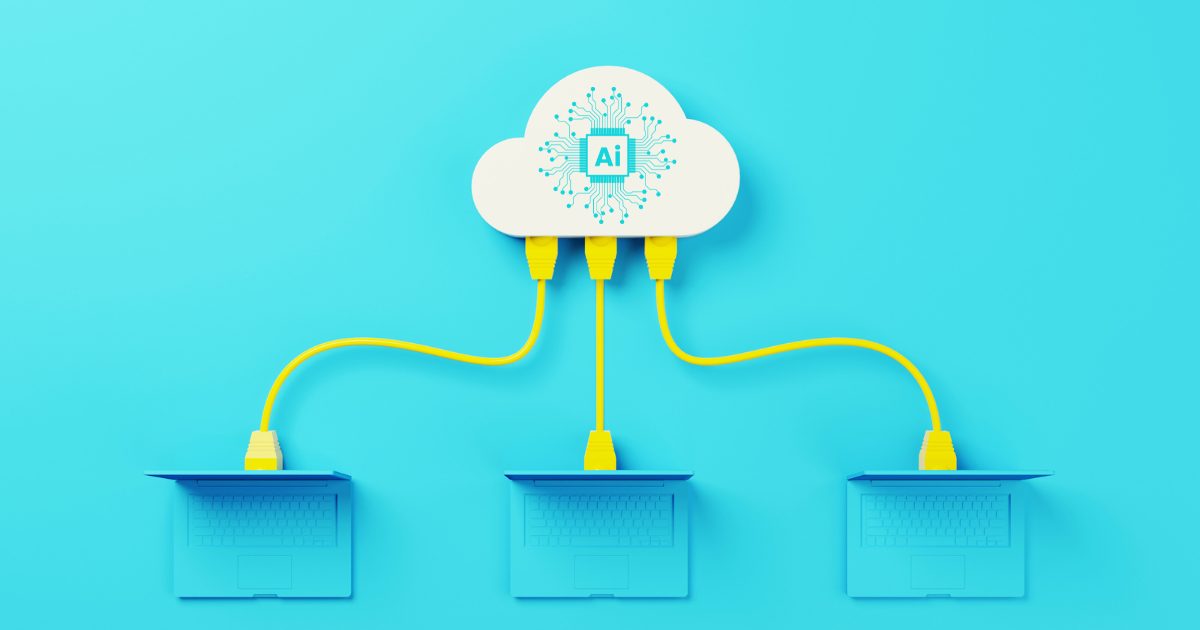Fulfilling low-code’s endless potential requires an important change in perspective
Low-code software is quickly becoming the hottest topic in tech today. As we have mentioned before, low-code software is projected to continue its rise in popularity by revealing disruptive enterprise applications in any IT-dependent industry, from insurance, to aviation, to healthcare. This list is already long, and all projections indicate that it will continue to grow as new innovations in low-code/no-code continue to evolve with a characteristic flexibility and applicability. However, not everyone in the tech world is bullish about low-code software, which risks the future growth of the low-code market.
This article will first address some important criticisms surrounding low-code software and its relationship with traditional IT professionals who have extensive coding knowledge. We then propose a change in perspective, which is necessary to continue to realize the tremendous potential of low-code software in 2022 and beyond.
Low-Code Software: What’s Not to Like?
Although most written content surrounding low-code/no-code is resoundingly positive and optimistic for its future, there is some criticism that is important to address. Some have noted that IT professionals dislike low-code software because it creates some limitations regarding how IT professionals can modify the actual code underpinning the software.
This criticism is based on the opinion that IT and DevOps coding experts cannot fully use their expertise to ensure the maximum amount of quality, security, and scalability. This may be a fair point in the current state of low-code software, but if we think long-term, low-code is on track to optimize performance levels greater than those of human coding with the help of AI and machine-learning evolutions.
Low-Code Software is Not Soup
Others have purported that low-code software is the modern-day stone soup. “Stone Soup” is a folktale about a visiting traveller who swindles villagers into thinking he can make a delicious soup with only a stone. The traveller tricks the villagers into adding their own ingredients to the soup; these ingredients are the actual contributions to the soup’s taste, but the villagers give all the credit to the visitor’s stone without celebrating their own contributions to the soup. The low-code metaphor here is the notion that low-code software is the visitor and the IT professionals are the villagers—the ones who actually contribute to the “flavour” of the software.
This is an important criticism to address, seeing as it shows how collectively, IT professionals must change their perspective on low-code software—especially in relation to their profession. This necessary change in perspective can be highlighted by another old tale, the nursery rhyme: “Mary Had a Little Lamb.”
The Phonograph Was Once a Novelty
What does “Mary Had a Little Lamb” have anything to do with technology? This was the first song that Thomas Edison recorded on his newly invented phonograph in 1878. In hindsight, this is one of the most monumental moments in the history of media production, but at the time, the phonograph was immediately dismissed as a novelty.
The reason for this dismissal serves as a cautionary reminder that criticisms of low-code software should be set aside if we want to benefit from the continuing boom of low-code software applications.
Failure to See the Potential of Increased Accessibility
Before the phonograph, the phonautograph was invented in 1857. This device could also record music, but unlike the phonograph, the phonautograph recorded music through written notation. This meant that musicians with a pre-existing knowledge of reading music already had everything they needed, and this is why the phonograph was initially deemed a novelty. The industry professionals at the time thought, “Why would we need an audio way to record music? A written recording is just fine!” Fast-forward two centuries later, and they were overlooking the potential of a revolutionary device.
The main point of the example is this: when it comes to understanding the tremendous potential of an innovation that increases accessibility, industry professionals can easily fail to see beyond the value of their own expertise.
The Need for IT and DevOps Support
It is most important to note that low-code software is not going to hinder or replace a DevOps team; however, it is critical that these professionals get on board and learn to adapt as subject matter experts when handling the customizability of low-code software. Although low-code/no-code may disrupt traditional conceptions of an IT professional’s role, low-code software’s ever increasing popularity—along with its inevitable ubiquity—will mean that DevOps support around the world will be more in-demand than ever before.
If you’d like to know more about the evolving use cases of low-code software, check out platforms such as Nintex or Microsoft Power Apps.
And if you’d like to speak with one of our professionals here at Elantis to find out more about how you can embrace the low-code revolution in your business, reach out to us.



























